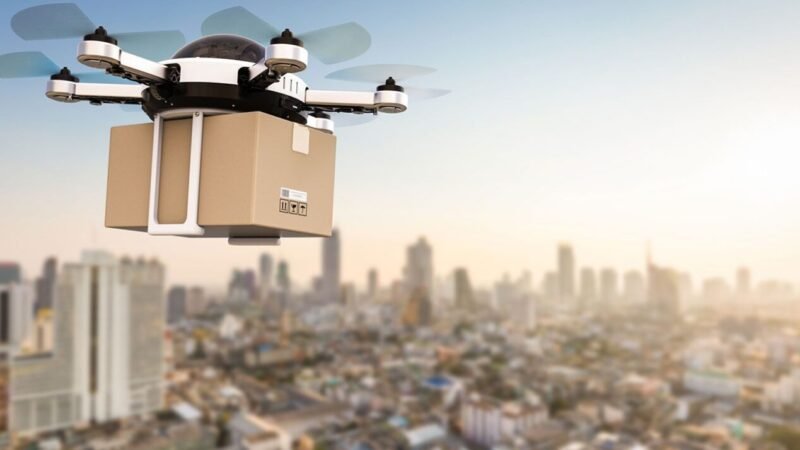AI Avatars: Creation and Applications

Introduction
AI avatars, also known as virtual characters or digital personas, have gained significant prominence in recent years. These virtual entities are generated using artificial intelligence (AI) technologies and serve a wide range of purposes across various domains. This article explores how AI avatars are created and delves into their diverse applications, highlighting their role in fields such as entertainment, education, customer service, and more.
Creation of AI Avatars
- Data Collection: Creating an AI avatar begins with data collection. This involves gathering a vast amount of information about the character’s appearance, behavior, and personality traits. This data can be collected through various means, including surveys, questionnaires, and online profiles.
- Image Generation: To create a visual representation of the avatar, AI algorithms use deep learning techniques, such as Generative Adversarial Networks (GANs) or Variational Autoencoders (VAEs). These algorithms generate realistic images by learning from vast datasets of human faces and features.
- Motion and Animation: AI avatars can be animated using motion capture technology or procedural animation. Motion capture involves recording the movements of a human actor and mapping them onto the avatar, while procedural animation relies on algorithms to generate lifelike movements.
- Voice Synthesis: To imbue the avatar with a voice, text-to-speech (TTS) technology or voice cloning can be employed. TTS algorithms convert written text into spoken words, while voice cloning uses AI to replicate a specific voice, allowing the avatar to sound like a real person.
- Personality and Behavior: Developing an avatar’s personality and behavior involves programming AI algorithms to respond to user interactions in a human-like manner. Natural language processing (NLP) and machine learning models are used to enable conversational abilities and decision-making processes.
Applications of AI Avatars
-
Entertainment:
AI avatars have found significant use in the entertainment industry. They are employed in video games, movies, and virtual reality experiences to enhance user immersion. Game characters, virtual actors, and digital hosts are some examples of AI avatars used in entertainment.
-
Education:
AI avatars are utilized in educational settings to create personalized learning experiences. They can serve as virtual tutors, providing explanations and assistance to students in a way that adapts to their individual learning styles and pace.
-
Healthcare:
In healthcare, AI avatars assist in patient engagement, providing information about medical conditions, treatment options, and medication reminders. They can also be used in therapy and counseling, offering a more accessible and non-judgmental platform for individuals seeking mental health support.
-
Customer Service:
Many businesses employ AI avatars as virtual customer service representatives. These avatars can answer frequently asked questions, troubleshoot issues, and provide information to customers in a conversational manner, improving overall customer satisfaction.
-
Language Learning:
AI avatars are utilized in language learning applications to facilitate language acquisition. Users can interact with these avatars in their target language, helping them practice pronunciation and improve their language skills.
-
Virtual Influencers:
Some AI avatars have gained popularity as virtual influencers on social media platforms. These digital personas engage with followers, create content, and even collaborate with real-world brands for marketing purposes.
-
Accessibility:
AI avatars play a crucial role in making digital content more accessible. They can provide audio descriptions for visually impaired users, translate text into sign language, or assist individuals with speech disabilities in communication.
-
Research and Development:
AI avatars are used in research and development to simulate human behavior and test various scenarios. This is particularly valuable in fields like psychology, sociology, and human-computer interaction.
Challenges and Ethical Considerations
While AI avatars offer numerous benefits, their development and deployment also raise several challenges and ethical considerations:
- Privacy Concerns: Collecting and using data to create AI avatars can raise privacy concerns, as it may involve personal information without the user’s consent.
- Bias and Stereotyping: AI avatars can inherit biases present in the training data, leading to unfair or discriminatory behavior. Addressing bias in AI avatars is an ongoing challenge.
- Deception: The use of AI avatars in certain applications, such as customer service or virtual influencers, can blur the line between human and AI interaction, potentially deceiving users.
- Job Displacement: In customer service and other industries, the use of AI avatars may lead to job displacement as they replace human workers.
- Emotional Impact: AI avatars that provide emotional support or counseling may not have the same level of empathy and understanding as human professionals, which can impact the quality of care provided.
Conclusion
AI avatars are versatile digital entities created through the fusion of artificial intelligence and data. Their applications span a wide range of fields, from entertainment and education to healthcare and customer service. As technology continues to advance, the development of AI avatars will likely become more sophisticated, leading to even more innovative and beneficial uses. However, it is essential to address the ethical challenges associated with their use and ensure that AI avatars enhance human experiences while respecting privacy, fairness, and transparency.






